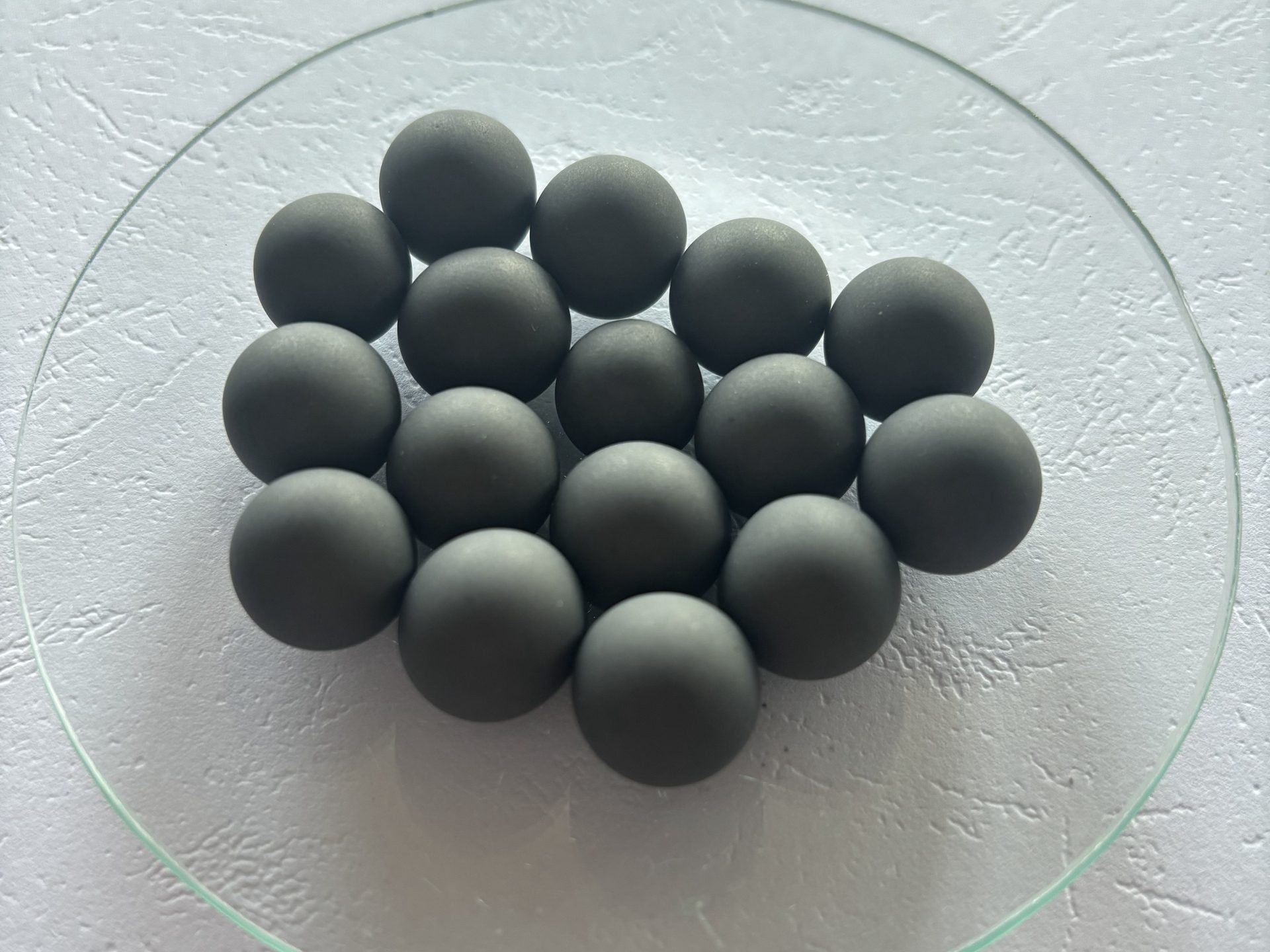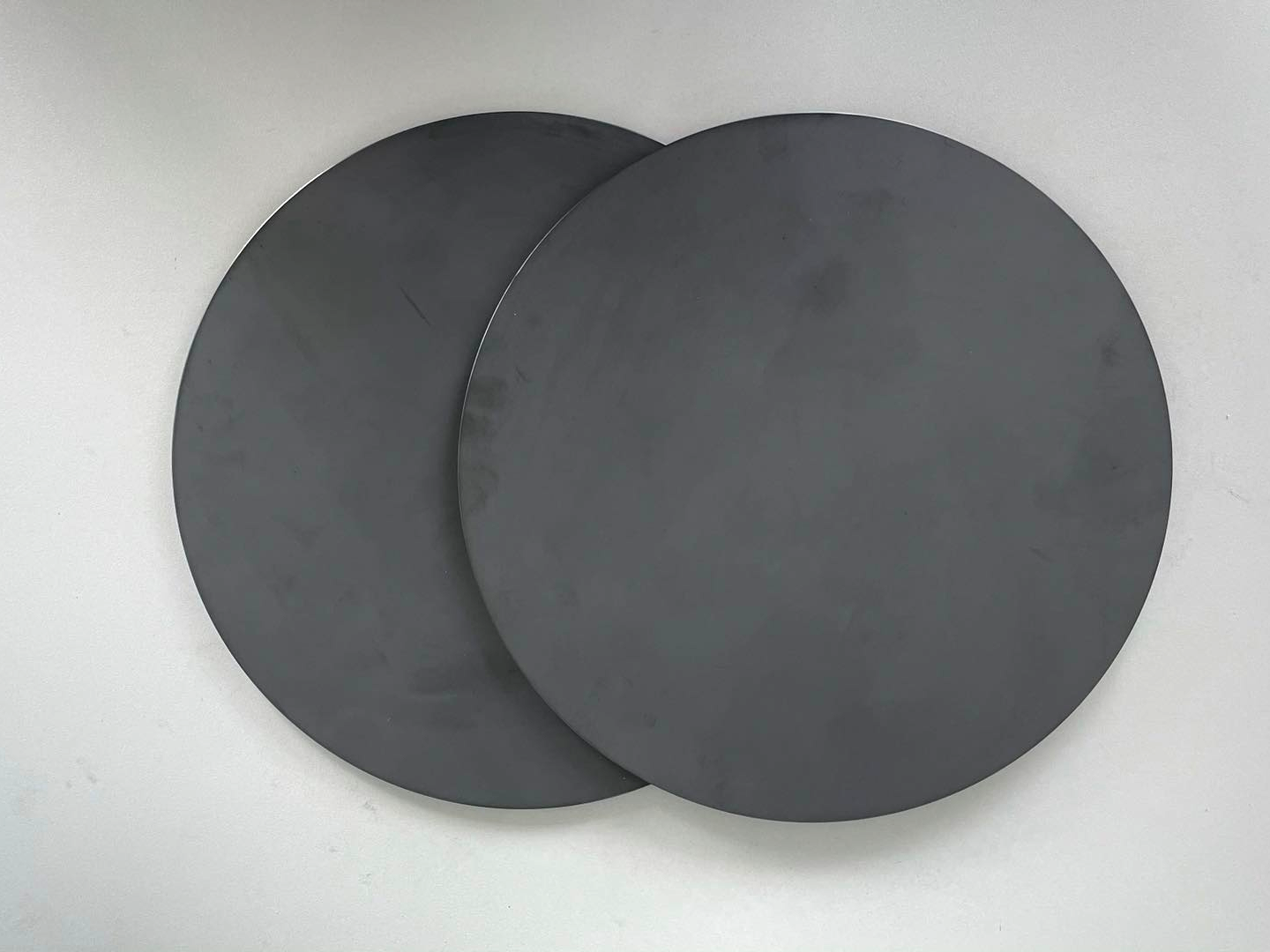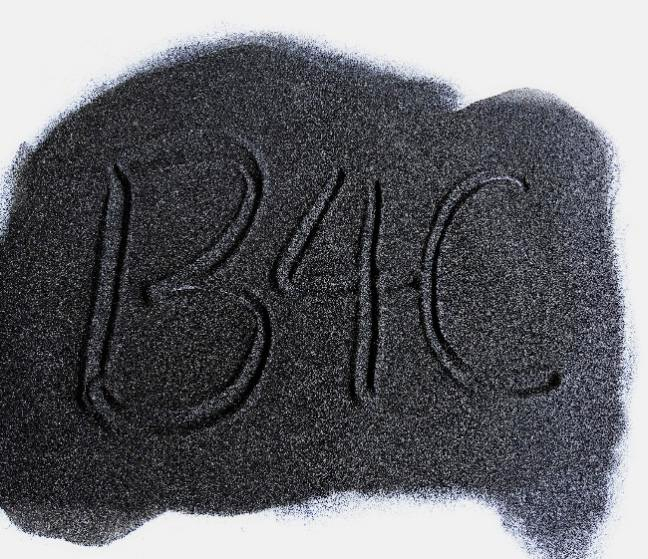Applications of Boron Carbide (B4C) in Nuclear Reactor Shielding and Control Systems
Introduction to Boron Carbide in Nuclear Engineering
Boron carbide (B4C) is one of the most effective ceramic materials used in nuclear reactor environments due to its high neutron absorption efficiency and stability under extreme conditions. Its role is fundamental in both shielding radiation and controlling neutron flux in reactor systems. Owing to its high boron-10 (¹⁰B) isotope content and superior thermal and chemical properties, B4C components are indispensable across multiple reactor subsystems.
Neutron Absorption Efficiency and Isotopic Composition
The exceptional neutron capture cross-section of boron-10, measured at approximately 3840 barns, allows B4C to absorb neutrons efficiently without significant activation. In nuclear-grade materials, boron is isotopically enriched to 85–95% ¹⁰B to maximize shielding performance. This property is critical in both thermal and fast neutron spectra, making B4C a preferred choice in reactor shielding applications.
Primary Applications in Reactor Systems
Control Rod Absorbers
B4C is extensively used in control rods for both pressurized water reactors (PWRs) and boiling water reactors (BWRs). These rods are designed to absorb excess neutrons and regulate the fission chain reaction. Our B4C components are manufactured using powder compression molding and hot pressing to meet the dimensional and mechanical standards outlined in ASTM C751.
Reactor Core and Vessel Shielding
High-density B4C panels and blocks are used in core baffles and vessel linings to protect sensitive instrumentation and structural components from neutron damage. Our ceramic injection molded B4C tiles offer high geometric precision and adaptability to complex shapes.
Spent Fuel Storage and Transport
In dry storage casks and fuel transport containers, B4C is integrated into baskets and canisters to suppress neutron radiation from spent fuel assemblies. We provide engineered shielding solutions incorporating B4C inserts embedded in sheet metal fabricated structures for mechanical integrity and ease of deployment.
Hot Cell and Reactor Maintenance Shields
B4C also plays a role in temporary shielding configurations, including mobile barrier systems and hot cells used for maintenance and decontamination. These shielding units are required to be modular and customizable, a need met through our advanced ceramic molding capabilities.
Processing and Forming Techniques
We manufacture B4C components using both pressureless sintering and hot pressing. The forming method is chosen based on part size, complexity, and end-use conditions. For intricate geometries or high-volume orders, ceramic injection molding ensures high repeatability and dimensional precision.
Our manufacturing capabilities include:
Boron-10 enrichment up to 95%
Bulk density >2.45 g/cm³
Dimensional tolerance up to ±0.02 mm
Thicknesses from 3 mm to 50 mm for shielding panels
Compliance and Quality Control
Every batch of B4C products adheres to ASTM C750 and C751 specifications, as well as ANSI/ANS 6.4.2 guidelines for neutron shielding materials. We provide full documentation on:
Isotopic analysis (¹⁰B percentage)
Density and porosity
Surface finish and geometry
Neutron attenuation coefficients
Post-Processing and Assembly Options
Surface finishes such as thermal coatings or passivation may be applied depending on reactor coolant or containment requirements. Modular B4C assemblies can be integrated into stainless steel or aluminum enclosures for added mechanical strength.
FAQs
What enrichment levels of boron-10 are required for different reactor shielding applications?
Can B4C parts withstand high-temperature steam or chemical coolant environments?
How are shielding panels tested for neutron attenuation efficiency?
Are custom shapes and insert assemblies supported for specific reactor models?
What is the average service life of B4C components in operational reactor conditions?




